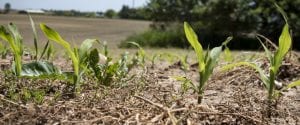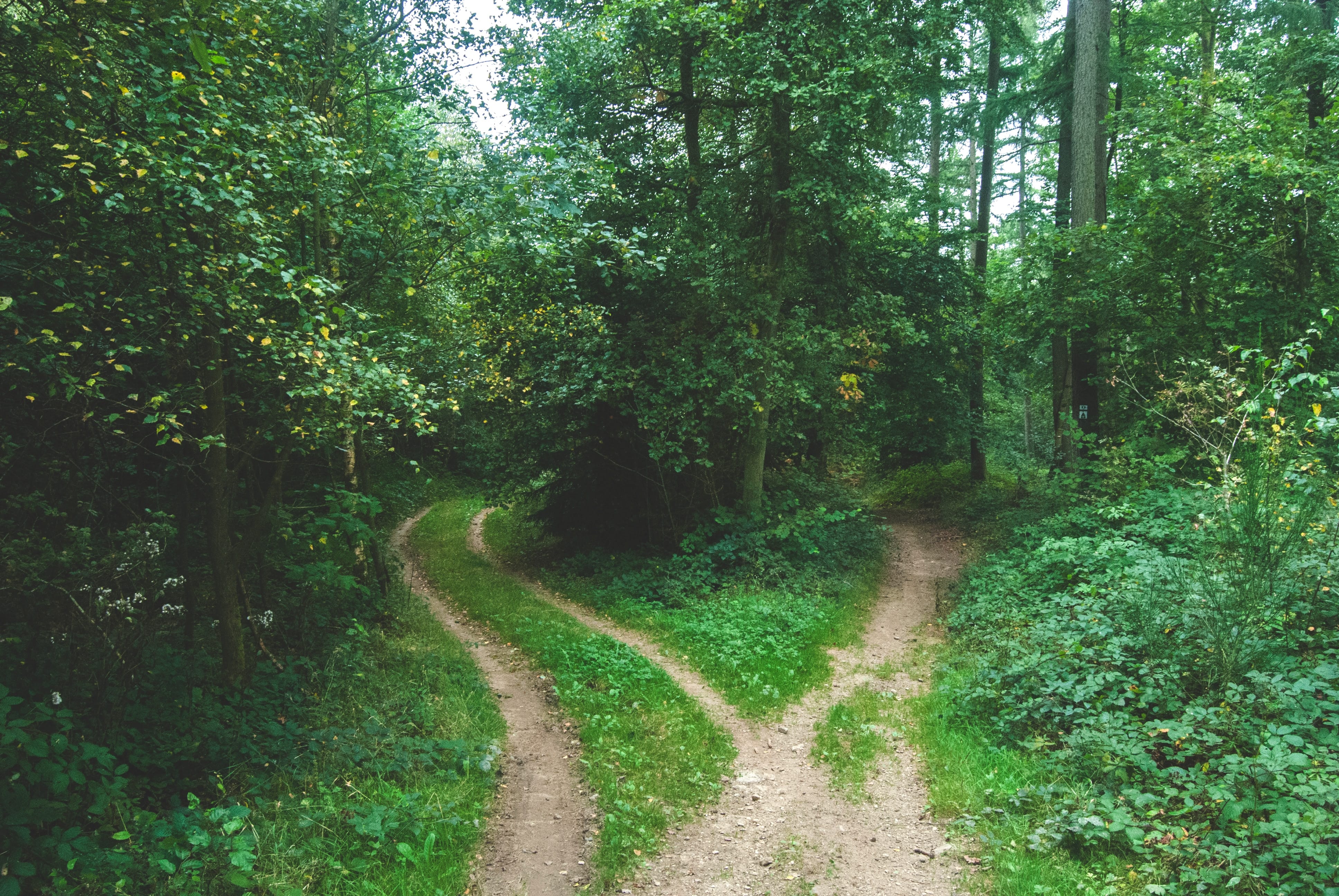There are plenty of diseases and pests that can ruin your efforts to achieve healthy trees. To prevent this, examine your trees regularly for abnormal changes.
Trees are a vital commodity in our lives; they purify the air we breathe, provide a natural filtration system for the water we drink, and add glamor to our homes with their varied shapes, sizes, and colors.
If you have some in your yard, it is important that you give them the proper care and maintenance they deserve to keep them healthy and ensure suitable conditions for growth.
Not sure where to start? This tree maintenance guide lays out several things you can do to keep your greenery in tiptop shape for years to come.
Start with the Basics
To end up with a healthy tree, you have to start by planting the right tree and in the right place. Select a tree that is appropriate for you area’s soil and climatic conditions. Then pick a spot that receives enough sunlight and provides sufficient space for the tree’s canopy, especially once fully grown.
Also, before you dig, check to see it is not too close to underground utility lines, the power lines, your house or anything else that can hinder the tree’s growth and development.
How Do You Care for a Newly Planted Tree?
Proper care for a newly planted tree involves watering, mulching, and pruning. New trees are usually under stress because of the sudden change of environment, so they require extra care and attention.
- During the first two weeks, water the trees daily to provide the moisture the roots need to start growing and then once or twice a week in the first year.
- Mulch to control soil temperature, retain moisture, and ward off weeds.
- Prune routinely to remove dead or broken branches.
Tree Maintenance: 8 Tips For Healthy Trees
“How do you keep a tree alive in its youth, middle age, all the way to its old age”, you may ask? Well, once your tree has completely adapted to the new environment, established strong roots, and doesn’t need all that pampering that comes with young age, then you can follow these tips to keep it growing lush, sturdy, and healthy.
- Continue Watering
That’s right! Just because your tree is a little older does not mean you should stop giving it its regular drink. Plan to water at least twice a month. Of course, as the tree gets larger and its roots grow deeper, it is able to absorb and draw water from the deeper layers of the soil, so it won’t need much watering to grow.
In fact, if your area receives enough rainfall, you may not need to water your tree at all, unless it is one of these species that require a lot of water like the bald cypress. If it has not rained for some time, however, you need to water the tree frequently to keep it hydrated and healthy.
- Add More Mulch
Mulching is one of the most effective ways to obtain healthy trees. While it is especially important for the newly planted ones, mulch has several benefits for mature trees too. It protects the roots from heat and cold, prevents compaction, breaks down to offer nutrients to the tree, while also helping the roots to retain water.
Spread about a three-inch layer of mulch around your tree. You can use pieces of bark or wood chips or buy organic mulch from your local garden center. Just make sure the layer spreads at least three feet in diameter and you are not covering the base of the trunk.
- More Pruning
Pruning will not only improve the structure of your trees but also remove any deadwood hindering their growth.
So, when should trees be pruned?
Major pruning should be done in the winter when the tree is dormant. It helps prepare the tree for a vigorous burst of growth in the spring. Then in the summer, tidy up and clear out dead or damaged twigs.
For best results, experts recommend pruning older trees every three to fiuve years. You can do it yourself or hire professionals at The Local Tree Experts.
- Apply Fertilizer
In the forest, trees get plenty of nutrients from decayed natural plant materials. In our yards, however, the story is different because we rake and get rid of leaves, twigs, grass clippings, and all those natural nutrients that trees can feed on. A proper tree maintenance routine that releases extra nutrients to the soil, therefore, is required if we hope to keep healthy trees.
Apart from mulching, apply fertilizer on a regular basis to increase the nutritional value of your soil. This will help the tree live longer and make it less prone to diseases and insect infestation, which will enable it to reach its full landscape potential.
- Test Your Soil
If your trees are looking a little stressed – leaves dropping off, lots of dead branches, cracks in the trunk – it is time to run a test on the soil. This will help you identify the PH levels of your soil, find out what minerals are present, and figure out what you can do to improve the soil and health of your trees.

Of course, you can buy a soil test kit from your local garden store and perform the test yourself. However, some of these DIY services may not unveil all the soil details that could be essential for tree growth, hence, soil testing should be left to a professional.
- Use Cables to Support Heavy Limbs
If you have trees that can no longer support their own weight, you probably need to include cabling in your tree maintenance plan. This will involve installing actual cables to stabilize the physical structure of the trees.
It is important to note that cabling is meant to help healthy but slightly injured or oddly shaped trees maintain their structure during storms or strong winds. It won’t, in anyway, prevent unhealthy, severely injured, or dying trees from falling apart.
- Protect Trees During Construction
When planning a construction, always make sure your trees are protected. You will still need them after the project, so have a tree protection plan ready before you begin your renovations.
Don’t assume a tree will be safe just because the construction is happening far away from it or on the opposite side of the yard. The critical root zone sometimes extends past the canopy and even if you are doing the renovations on one side of the compound, you can still damage the roots of your tree on the other side. A tree protection plan will help prevent root damage, trunk injuries, and compaction, and provide aftercare so the tree can recover quickly from the construction stress.
- Watch for Diseases and Pests
There are plenty of diseases and pests that can ruin your efforts to achieve healthy trees. To prevent this, examine your trees regularly for abnormal changes. If you notice changes in the trees’ structure, spots on leaves, or holes in the bark, it could be a sign that your trees are sick or infested with pests.
Most tree diseases and pests infestations can be controlled by applying fungicides and insecticides. You can buy these from your local garden store, but if you need a stronger solution, talk to a tree expert. If a disease or infestation cannot be treated, it would be best to cut down the tree.


Join the conversation!